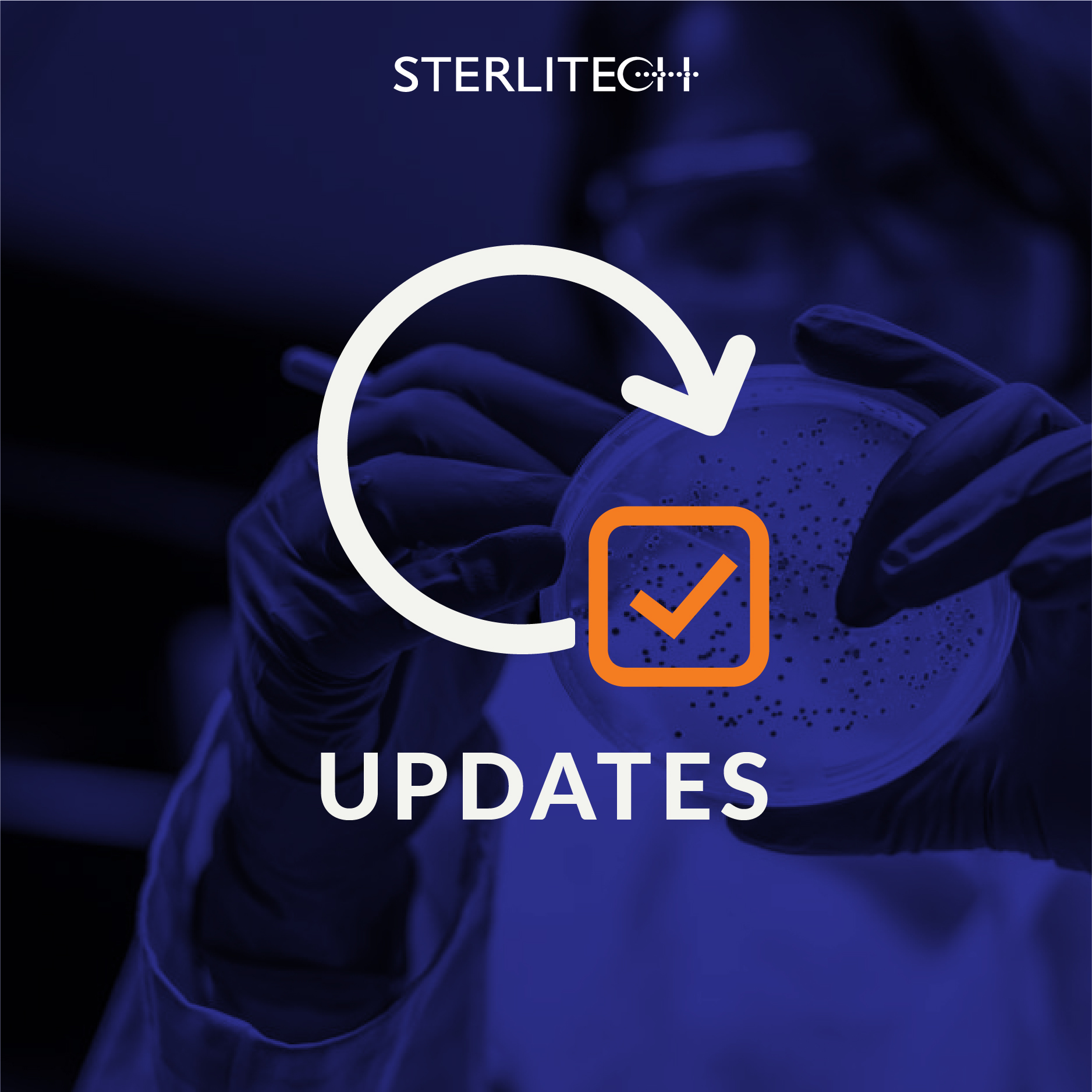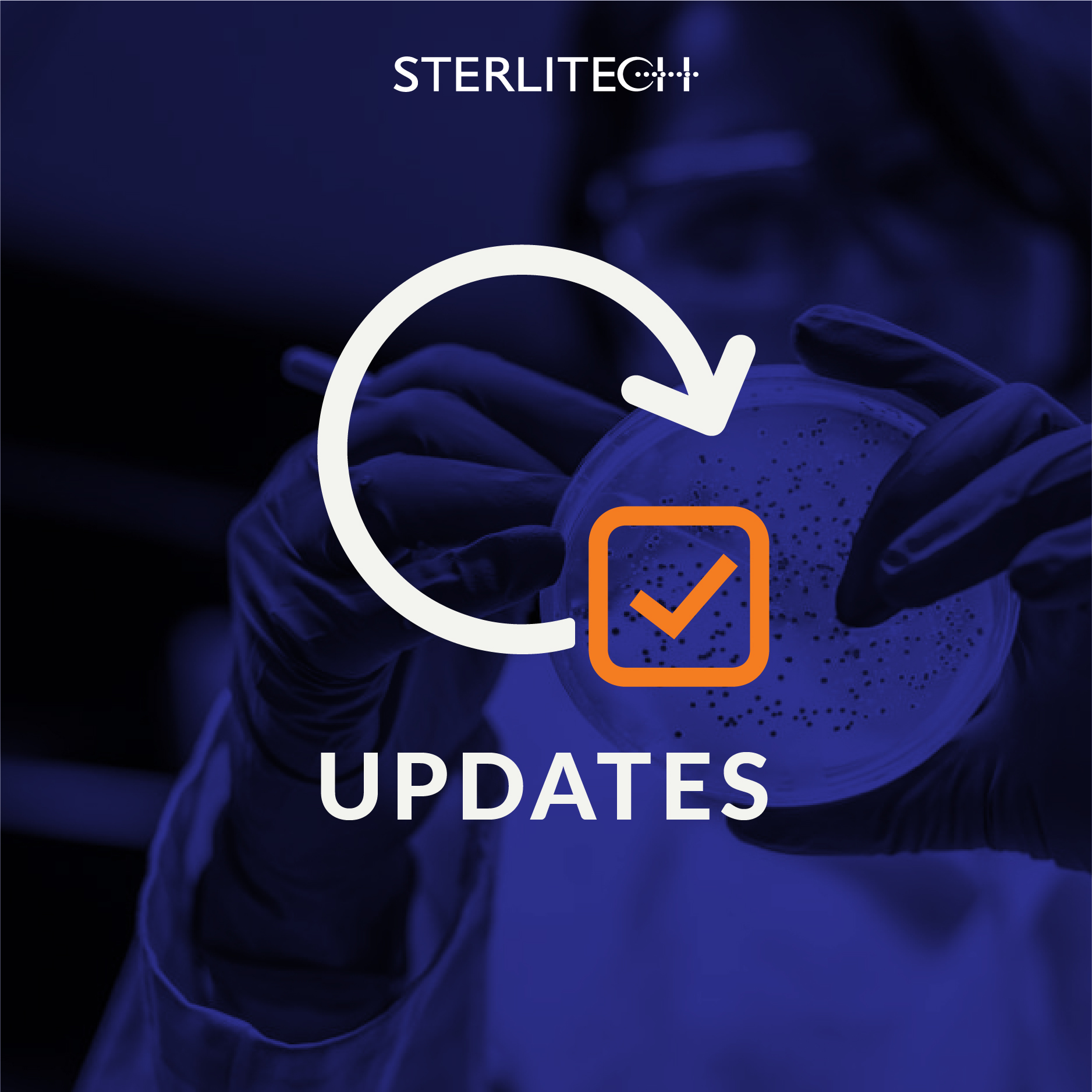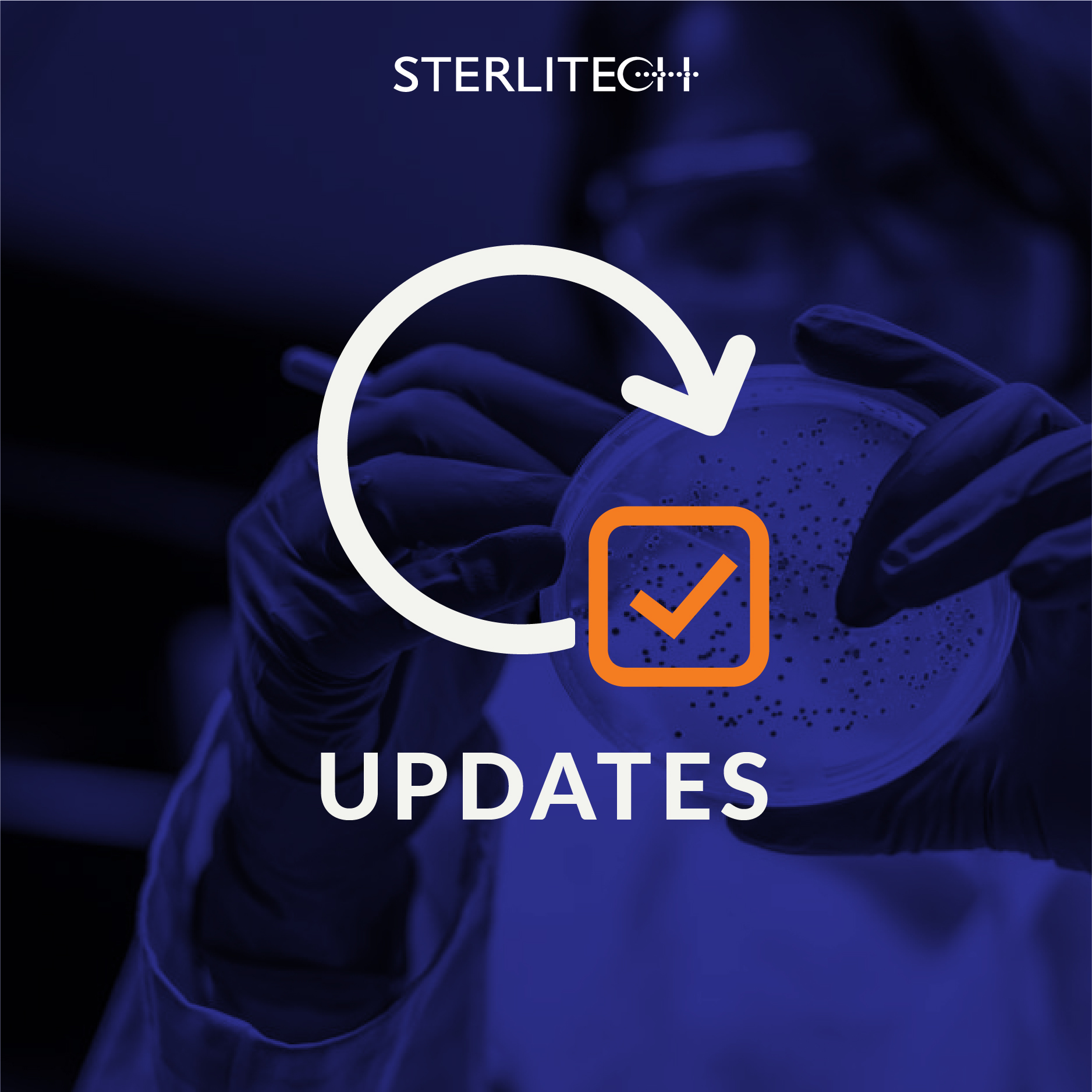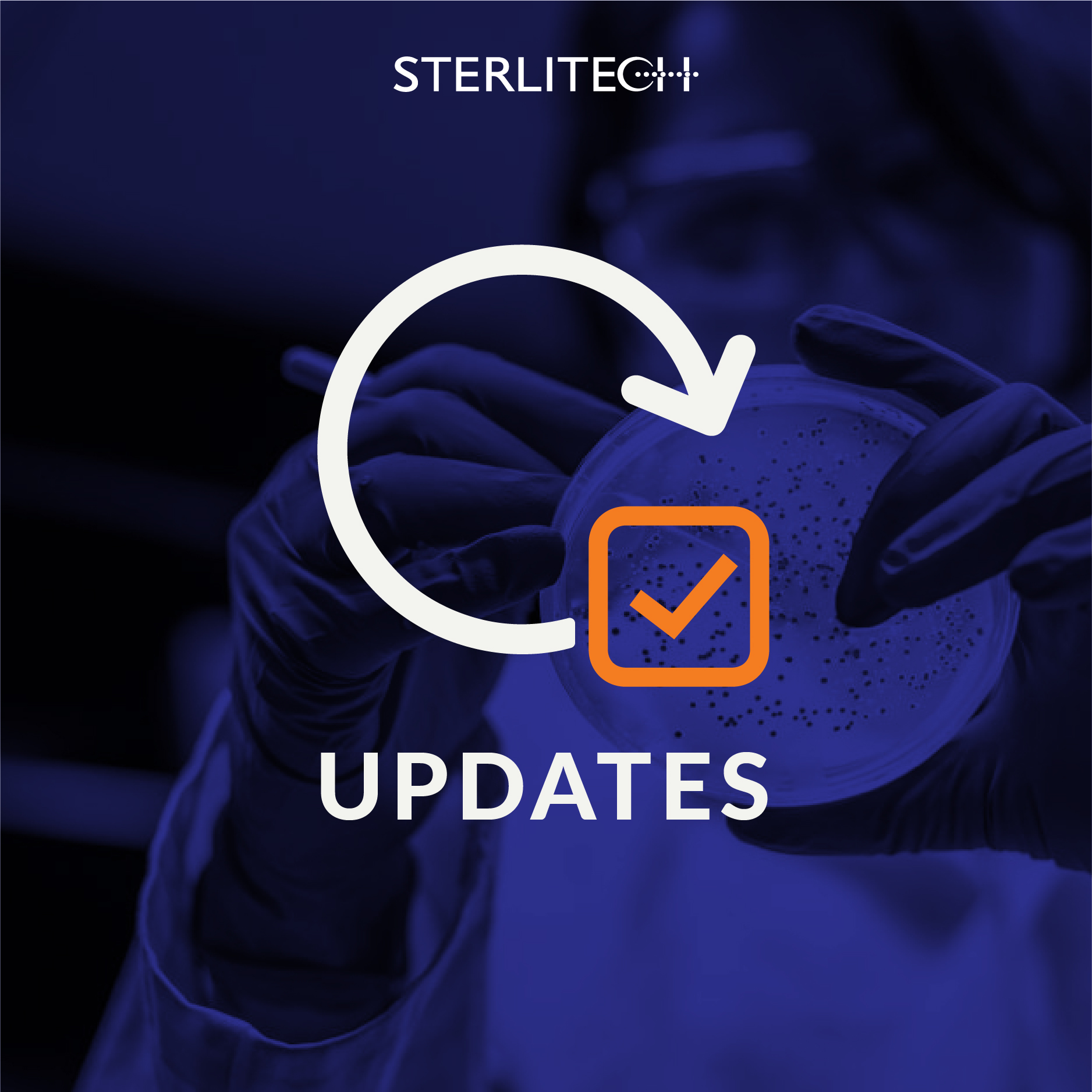According to a recent survey from Laboratory Equipment magazine on the usage of meters and monitors in lab experiments, most researchers do in fact trust their instrumentation; only 1% indicated that they were dissatisfied with their existing equipment. Another sign of trust: 71% of respondents plan to purchase direct replacements for their existing products when they buy new equipment. You can take a look at these charts on what sort of meters and monitors are beings used and what they are being used for.
Monthly Archives: February 2011
- Monday, February 28, 2011
- Wednesday, February 23, 2011
Last week the US Environmental Protection Agency announced that they are awarding $5.5 million to research possible health risks in nanotechnology. The information developed can guide the EPA and other agencies in policy decisions regarding the safety of materials and products made using nanotechnology. The United Kingdom’s Natural Environment Research Council ($6,000,000) and the Consumer Product Safety Commission ($500,000) are also contributing to this research project. The grants will be divided between three different of researchers in the US and three in the UK. In related news, the National Institute for Occupational Safety and Health (NIOSH) recently closed public comment on their draft document concerning possible health effects of exposure carbon nanotubes and nanofibers. The NIOSH document recommends:
- Thursday, February 17, 2011
Scientists at Northern Illinois University recently published a new approach for fabricating hydrogen gas sensors by depositing palladium onto commercially available filtration membranes. This creates networks of ultrasmall palladium nanowires without the traditional obstacles of nanofabrication (tedious production, potential contamination). Palladium, besides poisoning Iron Man, is highly selective to Hydrogen gas and therefore commonly used in room-temperature solid-state Hydrogen sensors.
The new method involves a network of ultrasmall palladium nanowires (<10nm) being placed on 60 micron thick membranes with a nominal filtration pore diameter of 20nm. The end result is that this new type of fabrication method outperformed traditional hydrogen sensors, such as continuous reference film, by providing higher sensitivity and shorter response times. Better hydrogen sensing can lead to greater efficiency - Wednesday, February 16, 2011
The Department of Energy and Savannah River National Laboratory recently published a study regarding their efforts to improve performance on cross-flow filtration for high level waste treatment. Even though the waste being treated in this case is actually radioactive material from nuclear power plants, the process they describe, along with the issues they raise and recommendations for improvement, can be applied to the more common uses for cross-flow filtration.
The stated goal of this DOE research was to improve filter fluxes in their existing cross-flow equipment, a common request of many customers. The study examines the problem of increasing cross-flow filtration efficiency from a number of different approaches: Backpulsing, cake development, scouring, and cleaning were all taken into consideration.
At the end of the study SRNL was able to draw some conclusions to take into consideration







![Join Sterlitech at BIO 2024 [Booth #5558]: Exploring the Future of Biotechnology](https://www.sterlitech.com/media/magefan_blog/b4.jpeg)

